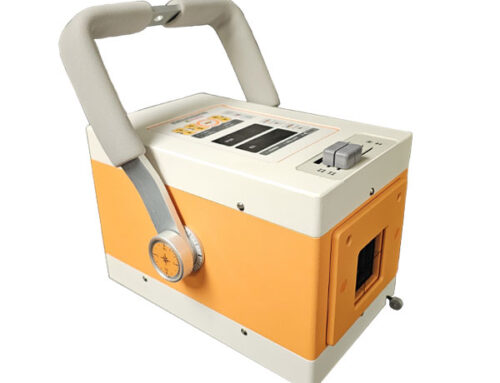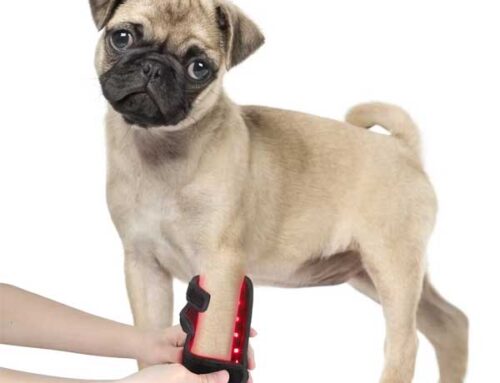According to University Hospitals of Cleveland, OH, moving ranks in the Top 5 stressful events that we will face. But moves can be stressful for our pets, too. If you feel anxious, your pet may mirror that emotion and become extra sensitive. Some pets will absorb their caregivers’ emotions: if you feel anxious, they may be jumpy and extra-sensitive; if you feel frenzied, they may feel insecure. Out of control? They may want to stay in bed or run under a bed.
Pet transition tips & tricks
Bring favorites. New home equals new bed, new toys, new collar, etc…right? Wrong! Pack a pet’s favorite bed, crate, toys, food and water dishes, treats and more. Try to place them in the same places as they were in your previous home. Familiarity will help your pet feel in control and at home more quickly.
Be consistent. Keep to the routines your pet has come to expect for feeding, walking, playtime and bedtime. If your dog or cat is used to roaming the property untethered, consider a short-term leash for safety and to help them become familiar with the new boundaries.
Maximize safety. During the packing stage, the actual move and the transition in the new home, plan for your pet’s safety. Some animals will be upset and scared once the boxes and suitcases take over familiar areas. They may hide or run away. Set aside a safe place where they can’t get lost or hurt. Make sure your pet has identification and your contact information, and that you have copies of veterinarian records. Learn about any aggressive animals or risks in the new home, yard and neighborhood
Minimize anxiety. Beer or wine won’t work. Some animals just need to be near you no matter what you’re doing. Others may do better away from the moving madness. Consider a “safe room” or a little pet vacation away from home. The more secure they feel, the better they’ll ride out the craziness.
Most of all…
Be patient. Give them time. Let them sniff around, and safely explore. It’s OK if they want to hide for a while, as long as they remember the relief rules. Promise—they’ll come out when they are ready. Be prepared to accept their behavioral changes, including eating, barking, spraying, etc. Yes, there may be some short-term “potty” issues. You may see a little more protection mode. Just like you, they need time to get used to their new home
Give ‘em a whole lotta love. A bit of extra loving will go a long way as they come to feel at home in their new surroundings. Unexpected or unwanted behaviors are likely the result of uneasiness with the change. Difficult behaviors don’t mean the pet is bad and can’t change. This, too, shall pass. Take a breath and remember all of the love of a few days ago. Take a breath, have a seat and remember that this is all temporary. Soon, all will be right in your home sweet home.
The content is not medical advise, nor is it intended to be a substitute for veterinary treatment or care. First, consult with your veterinarian before use.






